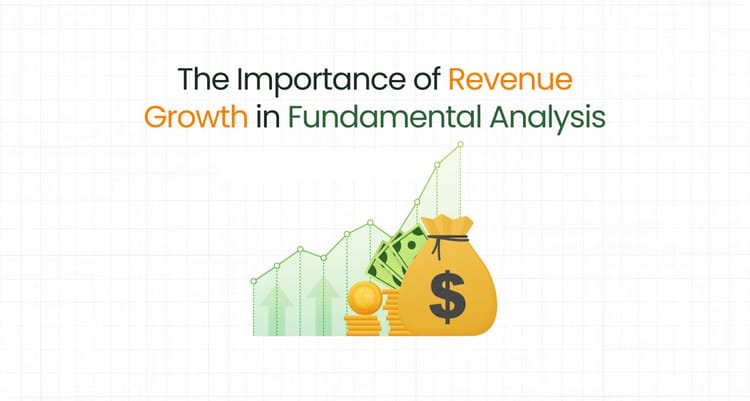The Future of India's Economy: Understanding the Significance of This Decade

If you've been hearing talk about this being India's decade, you might wonder what's behind all the excitement. From improvements in education and healthcare to advancements in IT and the rise of Digital India, there's a sense that something big is happening. But why is everyone saying this, and how much truth is there to it?
Here, we'll break down the reasons why many believe that India is poised for greatness in the coming years. We'll also delve into some key indicators that shed light on the country's economic and national outlook. So, let's dive in and explore why this could truly be India's time to shine.
First off, let's talk about demographics – that's just a fancy word for the characteristics of a population. Think about it like this: if you were starting a new business, would you want your team to be young and full of energy, or old and set in their ways? Well, by 2030, a whopping 69% of India's population will be under 28 years old. That's a huge pool of talent and potential, ready to drive innovation, entrepreneurship, and job creation.
But having a young population isn't enough on its own – they also need resources to thrive. Thankfully, India has seen a significant increase in cash circulation in recent years. More money flowing through the economy means more spending, which boosts consumption and drives growth.
One way to gauge consumer confidence is by looking at home loans. In India, home loans make up the lion's share of loans taken out. When people feel financially secure enough to invest in homes, it's a sign that they're optimistic about the future.
And speaking of spending, India's transition to a digital economy has been a game-changer. Initiatives like Aadhar cards and Direct Benefit Transfers have helped plug leaks in the system and ensure that benefits reach those who need them most. This has not only saved billions of dollars but also boosted consumer confidence and spending.
Another sign of a healthy economy is the growth of startups. In just six years, the number of startups in India has skyrocketed, indicating a thriving entrepreneurial ecosystem. This bodes well for job creation and economic growth in the years to come.
So, what does all this mean for India's future? Well, it's pretty simple – more jobs, more value added to the economy, and a step closer to realizing the dream of becoming a $5 trillion economy. With so much potential waiting to be unleashed, it's no wonder that many believe that this could truly be India's decade.
The indicators are clear: India is on the cusp of something big. With a young and dynamic population, a growing economy, and a thriving startup ecosystem, the stage is set for India to become a global powerhouse in the years to come. So buckle up – the journey ahead is bound to be an exciting one !
Frequently Asked Questions (FAQ)
1. Why is this decade being called India's decade?
This decade is being referred to as India's decade due to several factors such as a young and dynamic population, significant economic growth, advancements in technology and digital infrastructure, and a thriving startup ecosystem. These elements combined suggest that India is poised for substantial progress and influence on the global stage.
2. What is the significance of India's demographics?
By 2030, 69% of India's population will be under 28 years old. This youthful demographic represents a large pool of talent and potential, capable of driving innovation, entrepreneurship, and job creation, which are critical for economic growth.
3. How does the increase in cash circulation affect the economy?
Increased cash circulation means more money is flowing through the economy, leading to higher spending and consumption. This boosts economic activity and drives growth, as people and businesses spend more on goods and services.
4. Why are home loans an important indicator of economic health?
Home loans make up a significant portion of loans in India. When people feel financially secure enough to take out home loans, it indicates optimism about the future. This confidence in financial stability reflects a healthy economy and encourages further economic activity.
5. How has the transition to a digital economy impacted India?
India’s transition to a digital economy, through initiatives like Aadhar cards and Direct Benefit Transfers, has improved efficiency, reduced leaks in the system, and ensured that benefits reach those who need them most. This has saved billions of dollars and boosted consumer confidence and spending.
6. What does the growth of startups signify for India's economy?
The rapid increase in the number of startups in India indicates a thriving entrepreneurial ecosystem. This growth leads to job creation, innovation, and economic diversification, which are essential for sustained economic development.
7. How close is India to becoming a $5 trillion economy?
India is making significant progress towards becoming a $5 trillion economy. The factors contributing to this goal include a young population, increased cash circulation, digital advancements, and a growing startup ecosystem. While challenges remain, the indicators suggest strong potential for achieving this milestone.
8. What are the key indicators of India's economic potential?
Key indicators of India’s economic potential include:
- A young and dynamic population.
- Increased cash circulation.
- High consumer confidence as seen in home loans.
- Successful digital economy initiatives.
- Rapid growth in the number of startups.
9. How can investors benefit from India's economic growth?
Investors can benefit by identifying opportunities in sectors poised for growth, such as technology, digital infrastructure, real estate, and startups. By investing in these areas, they can potentially reap significant returns as India’s economy continues to expand.
10. What role do government initiatives play in India’s economic growth?
Government initiatives such as Aadhar, Direct Benefit Transfers, and support for startups play a crucial role in boosting efficiency, reducing corruption, and fostering an environment conducive to economic growth. These initiatives help create a stable and supportive infrastructure for businesses and consumers.
11. How does a young population contribute to economic growth?
A young population contributes to economic growth by driving innovation, increasing the labor force, and fostering entrepreneurship. Young people are more likely to start new businesses, adopt new technologies, and contribute to productivity and economic expansion.
12. What challenges does India face in achieving its economic potential?
Despite its potential, India faces challenges such as income inequality, infrastructure deficits, regulatory hurdles, and ensuring sustainable growth. Addressing these challenges is essential for maintaining momentum and achieving long-term economic goals.
13. How can I stay informed about India’s economic developments?
To stay informed about India’s economic developments, you can:
- Follow financial news and reports.
- Subscribe to economic and market analysis newsletters.
- Attend economic forums and conferences.
- Consult with financial advisors for insights and advice.
- Plan your investments with us for expert strategies and professional guidance.






Member discussion